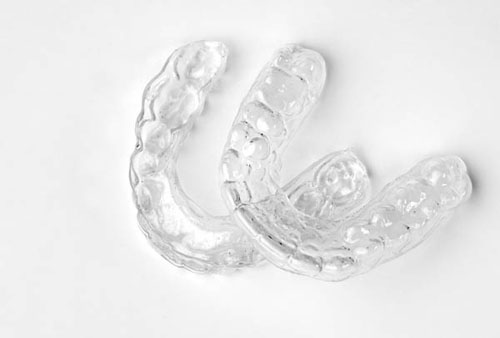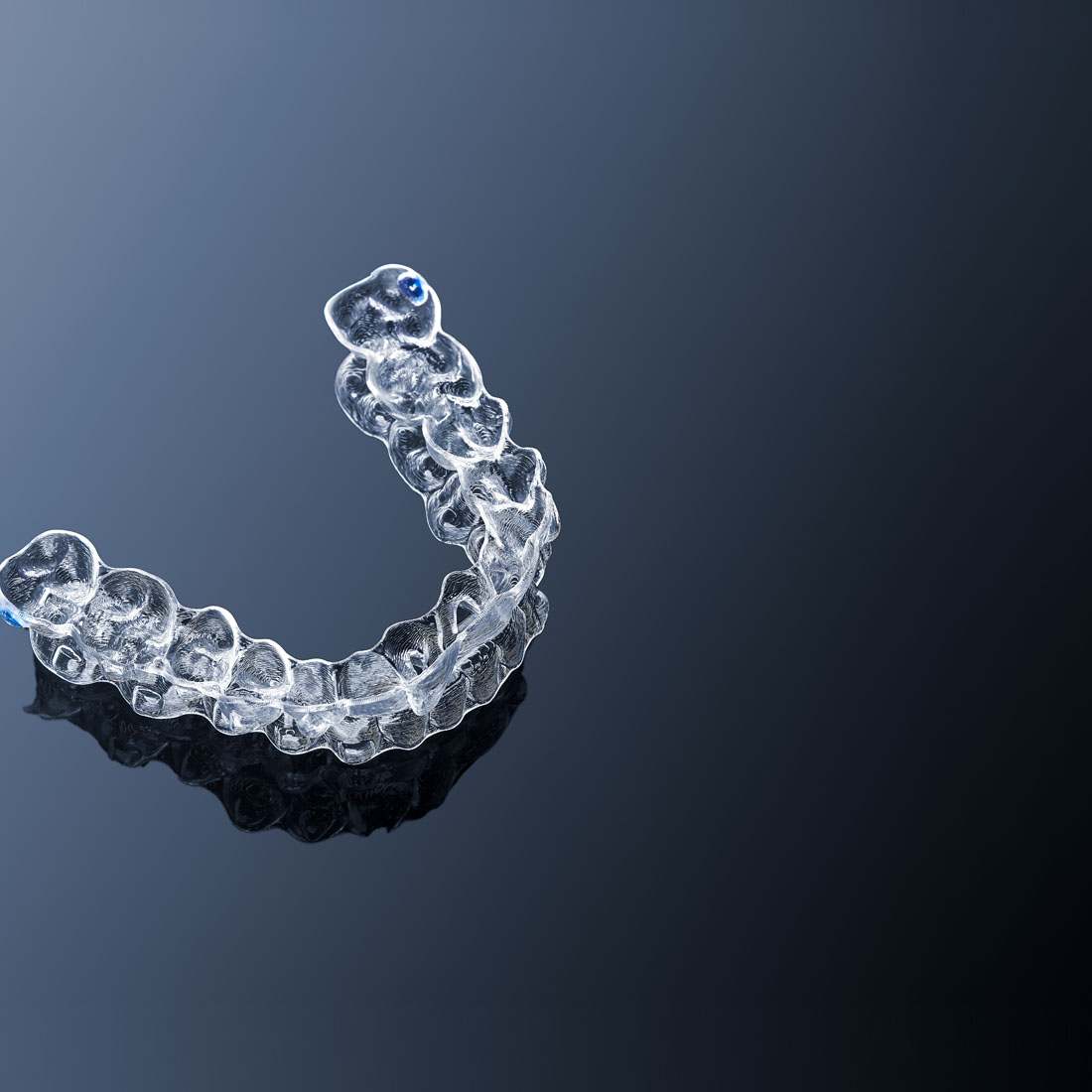Transforming Smiles: A Case Study on Aligners
Introduction: In this case study, we will explore the transformative journey of a patient who underwent orthodontic treatment using aligners. Aligners are a popular alternative to traditional braces for correcting dental misalignments and achieving a beautiful smile. We will follow the patient from their initial consultation to the successful completion of their treatment, highlighting the benefits and outcomes of aligner therapy.
Patient Name: Emily T. Age: 28 Initial Dental Condition: Crowded and misaligned teeth, mild overbite
Case Study:
- Initial Consultation: Emily T. visited Dr. Carter, an experienced orthodontist, to discuss her concerns about her dental alignment. During the consultation, Dr. Carter conducted a comprehensive examination, including X-rays, impressions, and photographs. The examination revealed moderate crowding, misalignment, and a mild overbite.
- Treatment Planning: Dr. Carter explained to Emily the potential treatment options, including traditional braces and aligners. After a detailed discussion about the advantages of aligners, such as their removability and aesthetic appeal, they agreed that aligner therapy would be the most suitable option for Emily’s case.
- Digital Scanning and Treatment Simulation: To create a precise treatment plan, digital scanning technology was used to capture a 3D model of Emily’s teeth. The digital model allowed Dr. Carter to simulate the tooth movements and demonstrate the expected outcome of the treatment. Emily was impressed with the visualization and gained confidence in the aligner treatment.
- Custom Aligner Fabrication: Based on the treatment simulation, a series of custom aligners were fabricated using advanced computer-aided design and manufacturing techniques. Each aligner was designed to gradually shift Emily’s teeth into their desired positions.
- Aligner Treatment Phase: Emily received her aligner set and was instructed to wear each aligner for approximately two weeks before progressing to the next one. She was advised to wear the aligners for 20-22 hours a day, removing them only for eating, drinking, brushing, and flossing.
- Progress Monitoring: Dr. Carter scheduled regular check-up appointments to monitor Emily’s progress. During these appointments, new aligners were provided, and any necessary adjustments were made. The aligners were also an opportunity to address any concerns or questions Emily had about her treatment.
- Treatment Completion: After several months of wearing aligners, Emily completed her treatment. Her teeth had significantly straightened, and her bite had improved. Dr. Carter evaluated the final results and determined that Emily’s dental alignment had been successfully corrected.
- Retention Phase: To maintain the achieved results, Emily entered the retention phase, during which she was prescribed a retainer. She was advised to wear the retainer as directed to prevent any relapse and ensure long-term stability of her new smile.
Results and Outcomes: Emily’s aligner treatment yielded remarkable outcomes. Her teeth were no longer crowded, and the mild overbite had been corrected. She achieved a beautiful, straight smile that enhanced her overall appearance and boosted her self-confidence. Emily expressed her satisfaction with the aligner therapy and praised the convenience and comfort it offered throughout the treatment process.
Conclusion: Emily’s case exemplifies the effectiveness of aligner therapy in transforming dental misalignments and improving smiles. The combination of advanced technology, personalized treatment planning, and patient-centered care led to successful results. Aligners continue to revolutionize orthodontic treatment, providing patients with a discreet and convenient option for achieving their desired smile.


